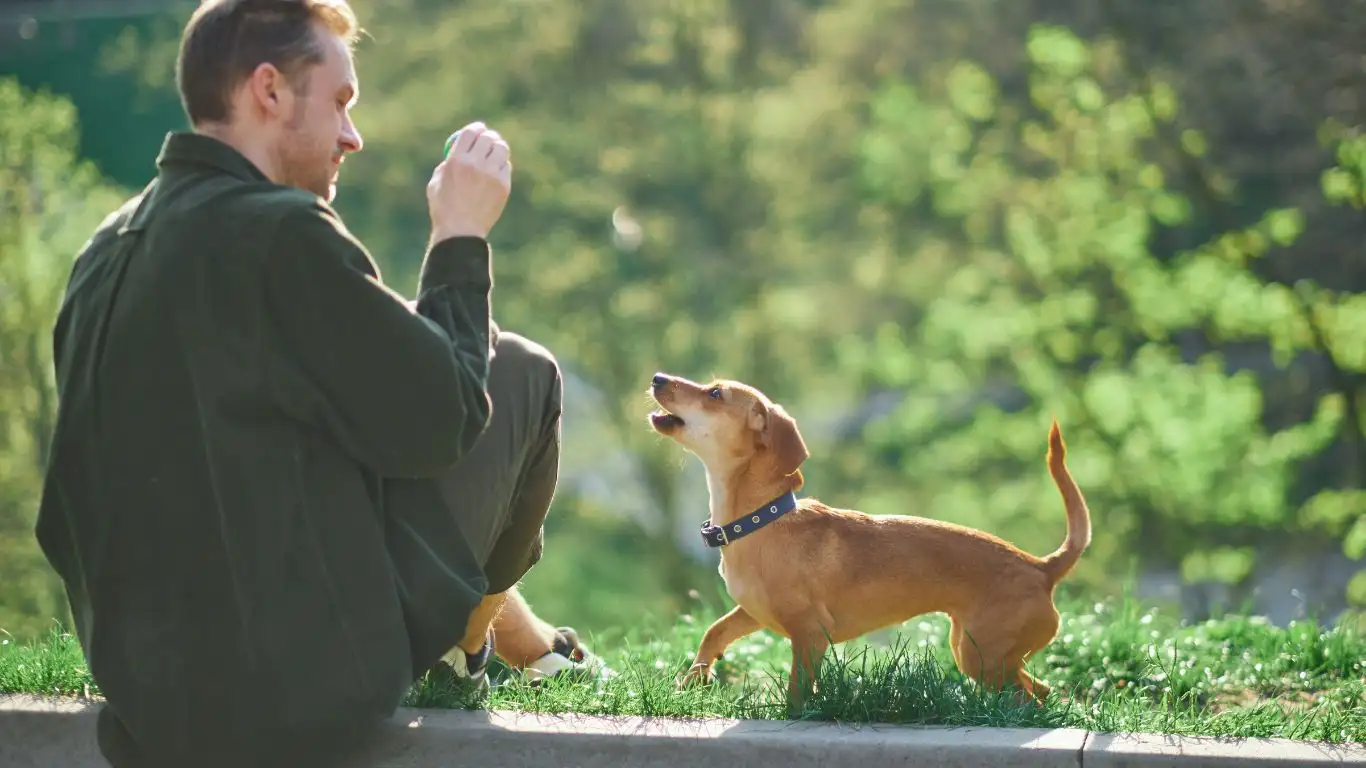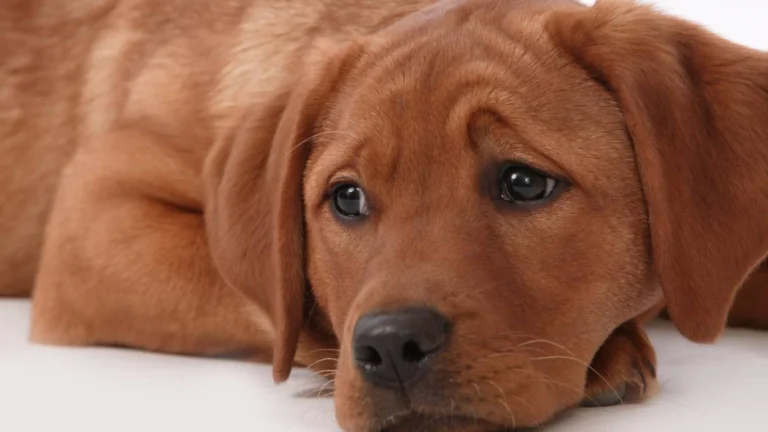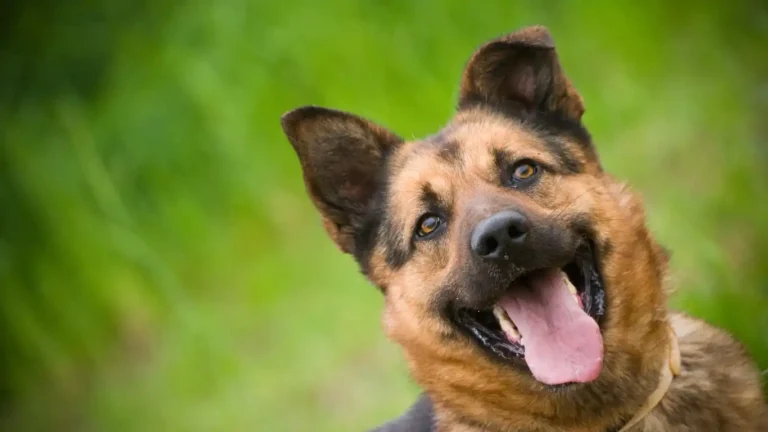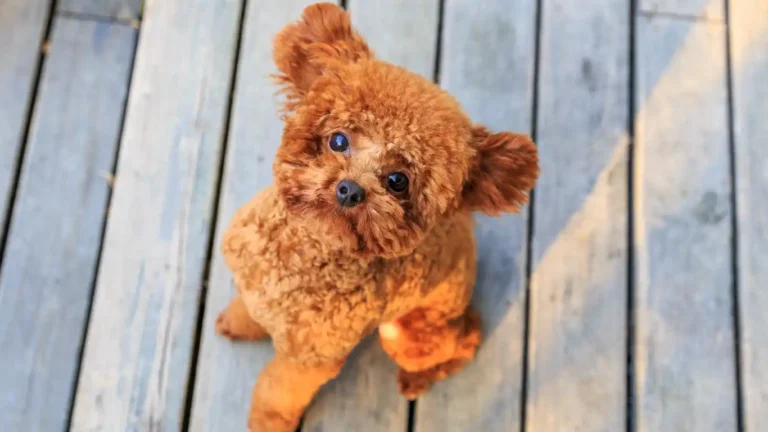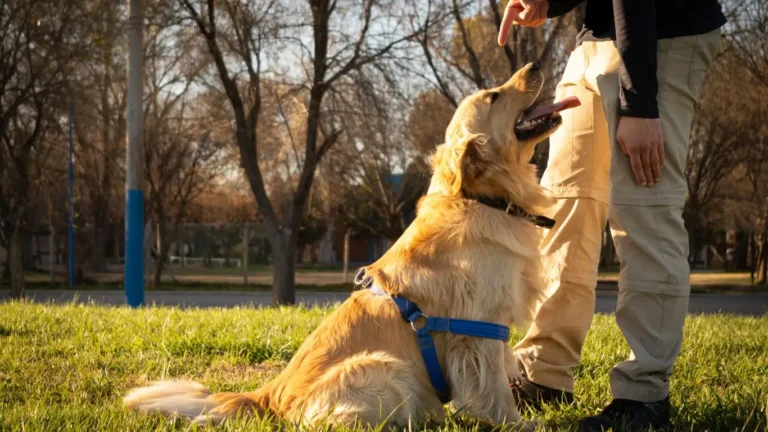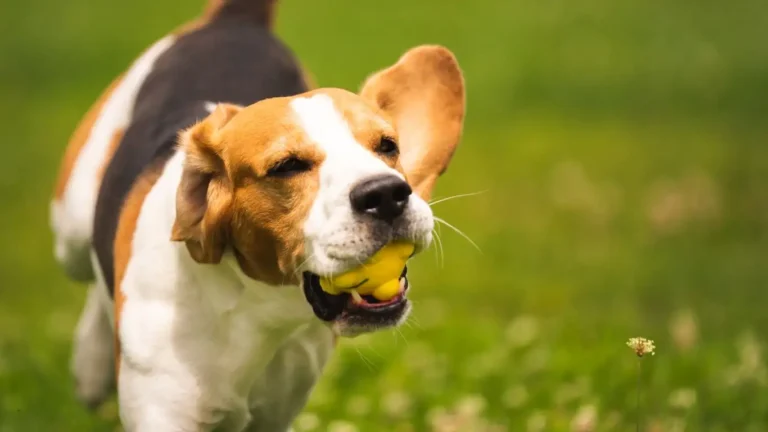Stop Dog Growling at Guests: Easy Training Tips for a Calmer Pup
Dealing with a dog that growls at guests can be stressful. I get it—I’ve worked with countless dogs who felt uneasy around visitors. You’re probably wondering, “How do I train my dog to stop growling at guests without making things worse?” The good news is, growling is actually a valuable communication tool. It tells us that our dogs are uncomfortable. The key is not to punish the growl but to address the root cause behind it. Let’s dive into the why and how of tackling this behavior effectively.
Why Do Dogs Growl at Guests?
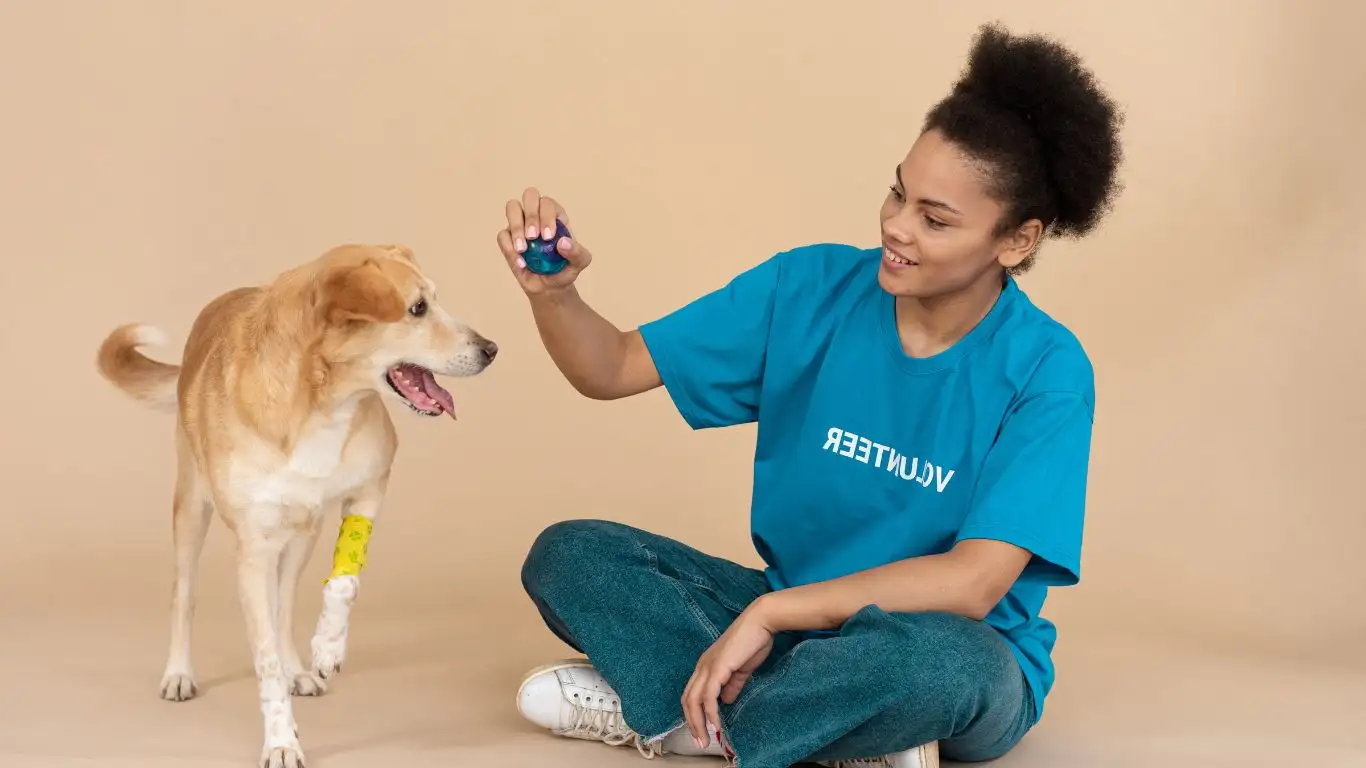
Before we jump into training techniques, it’s essential to understand what’s triggering your dog’s reaction. From my experience as a Certified Professional Dog Trainer (CPDT-KA), most cases of guest-directed growling stem from:
- Fear or Anxiety: Some dogs simply aren’t comfortable with new people in their space.
- Territorial Behavior: Your pup may feel the need to protect their home and family.
- Past Negative Experiences: If a dog has had a bad encounter with strangers, they may be wary of guests.
- Overstimulation: Too much excitement can lead to reactive behaviors.
Every dog is different, so pinpointing the cause is the first step in changing their reaction.
Understanding Your Dog’s Body Language

Before your dog even growls, they’re likely showing signs of discomfort. Recognizing these early warnings can help prevent escalation. Watch for:
- Tense body posture
- Flattened ears
- Avoiding eye contact
- Lip licking or yawning (signs of stress)
- Raised hackles (fur along their back standing up)
- Tail tucked or held stiffly
If you notice these signals, it’s a sign that your dog is uncomfortable and may escalate to growling or barking if the situation continues.
How to Train a Dog to Stop Growling at Guests
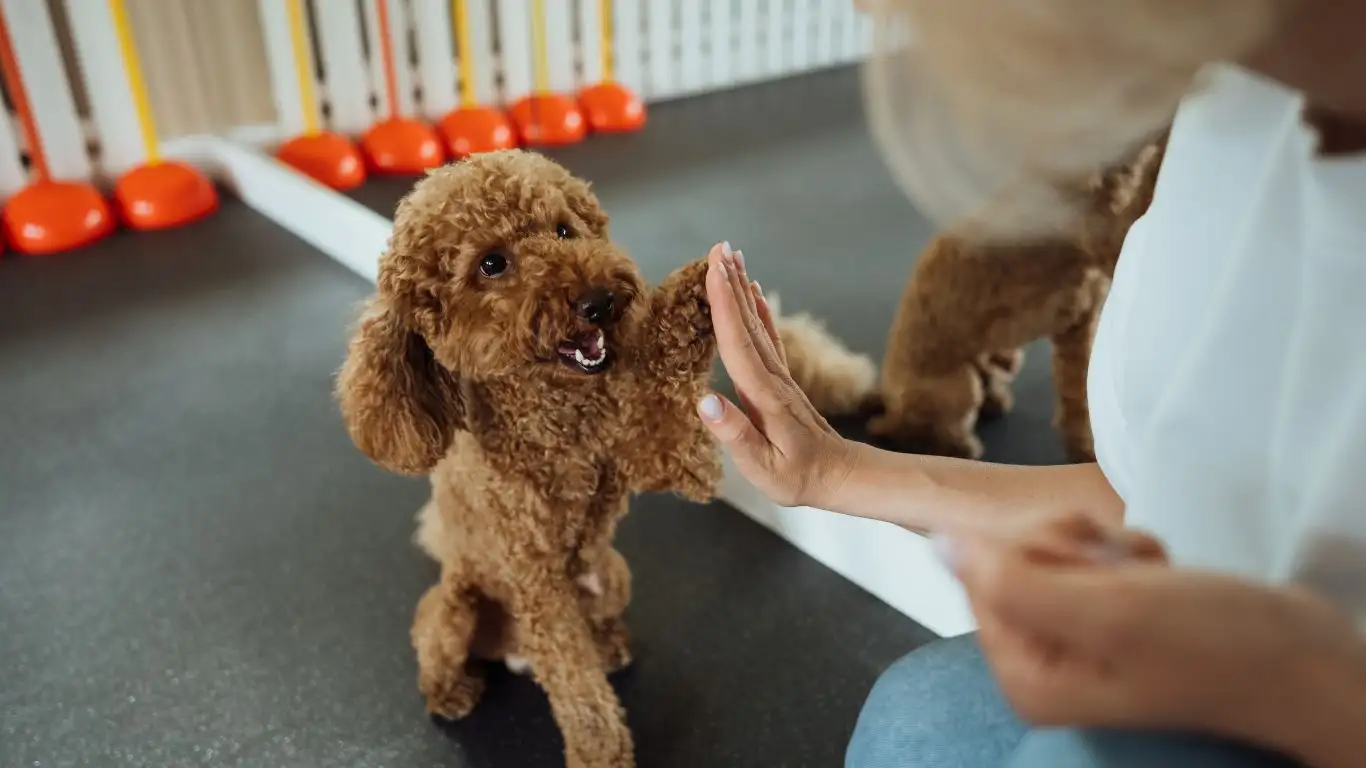
Now that we understand why dogs growl at guests, let’s talk about solutions. Training should be based on positive reinforcement and confidence-building rather than punishment.
1. Set Your Dog Up for Success
One of the biggest mistakes I see is forcing a dog into an uncomfortable situation. Instead, let’s create a plan that makes your pup feel safe:
- Before guests arrive, give your dog a quiet space (like a bedroom or crate) where they feel secure.
- Use a baby gate to create distance instead of forcing direct contact.
- Provide a high-value treat or chew to create positive associations with visitors.
2. Reinforce Calm Behavior
If your dog remains relaxed when guests arrive, reward them! Reinforcing the right behavior is key:
- Use a calm and happy voice when greeting your dog.
- Reward with treats, praise, or toys for staying calm.
- Avoid hyping them up—excessive excitement can lead to reactivity.
3. Gradual Desensitization
For dogs with deep-seated fears, slow exposure is crucial. I often suggest controlled practice sessions:
- Have a friend stand at a distance where your dog notices them but doesn’t react.
- Reward your dog for staying calm.
- Gradually decrease the distance over multiple sessions.
- Let your dog initiate interactions rather than forcing them.
This step-by-step approach helps rebuild trust and confidence.
Building Positive Associations with Guests
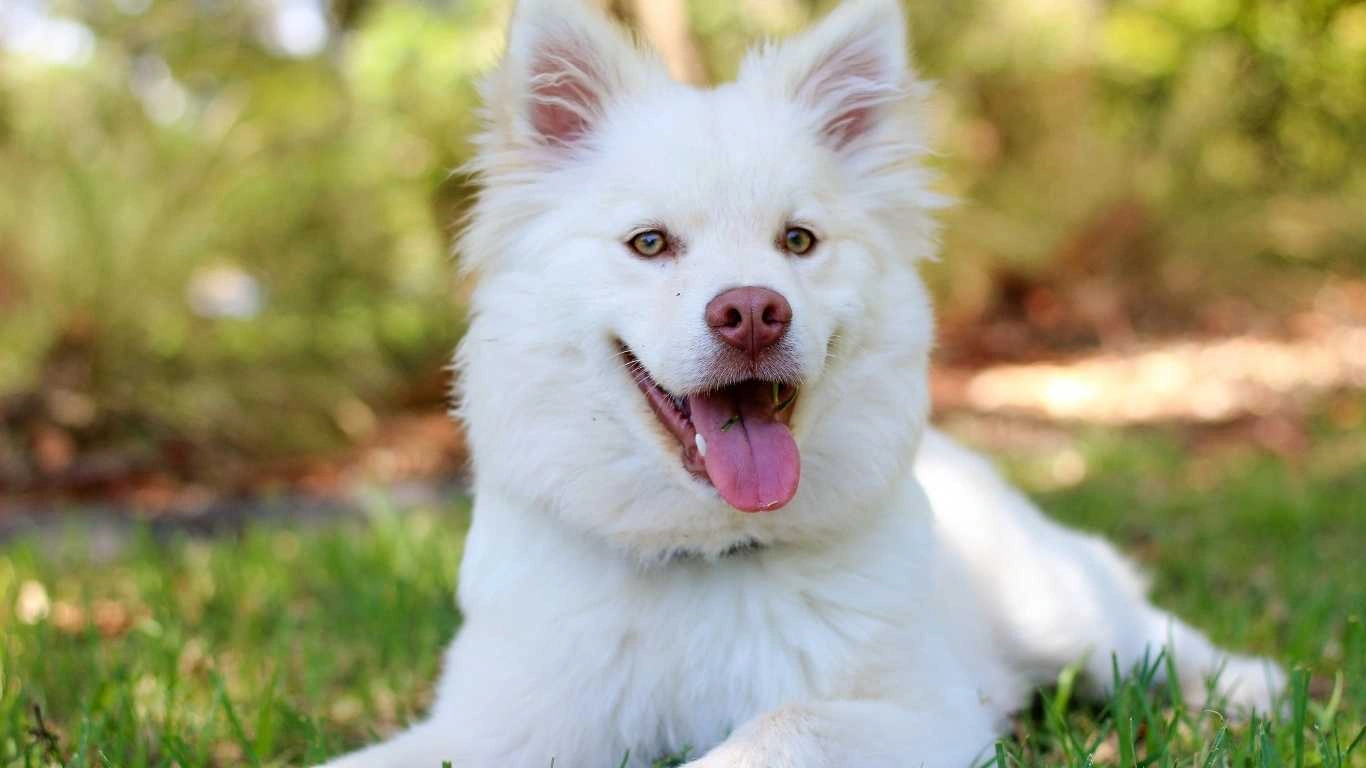
By now, we’ve covered why dogs growl at guests and how to begin training them to feel safe. But one of the most effective strategies is to change your dog’s emotional response to visitors. Instead of seeing guests as a threat, your dog should associate them with good things—think treats, toys, and praise!
1. The Treat and Greet Method
I’ve had great success using this approach with nervous dogs. Here’s how it works:
- Ask a guest to toss a treat (not hand it directly) when they arrive.
- Have the guest ignore your dog at first—no eye contact, no petting.
- Once your dog starts associating guests with rewards, you can gradually encourage short, positive interactions.
This method teaches your pup that guests = treats, which is a game-changer for anxious dogs.
2. Using Favorite Toys for Distraction
Some dogs respond better to toys than treats. I once worked with a Border Collie mix who was obsessed with his ball. Instead of greeting guests at the door, I had visitors roll a ball to him as soon as they entered. His focus instantly shifted from fear to excitement—mission accomplished!
If your dog has a favorite toy, use it as a tool to create positive guest interactions.
3. Practice Short, Positive Visits
Set up controlled guest visits to help your dog adjust. Start with a friend or family member who understands the training process:
- Keep visits brief at first—five to ten minutes max.
- Reward calm behavior throughout the visit.
- End on a good note, ensuring your dog stays under threshold.
Gradually, as your dog becomes more comfortable, you can increase the duration and variety of guests.
What to Do When Your Dog Growls
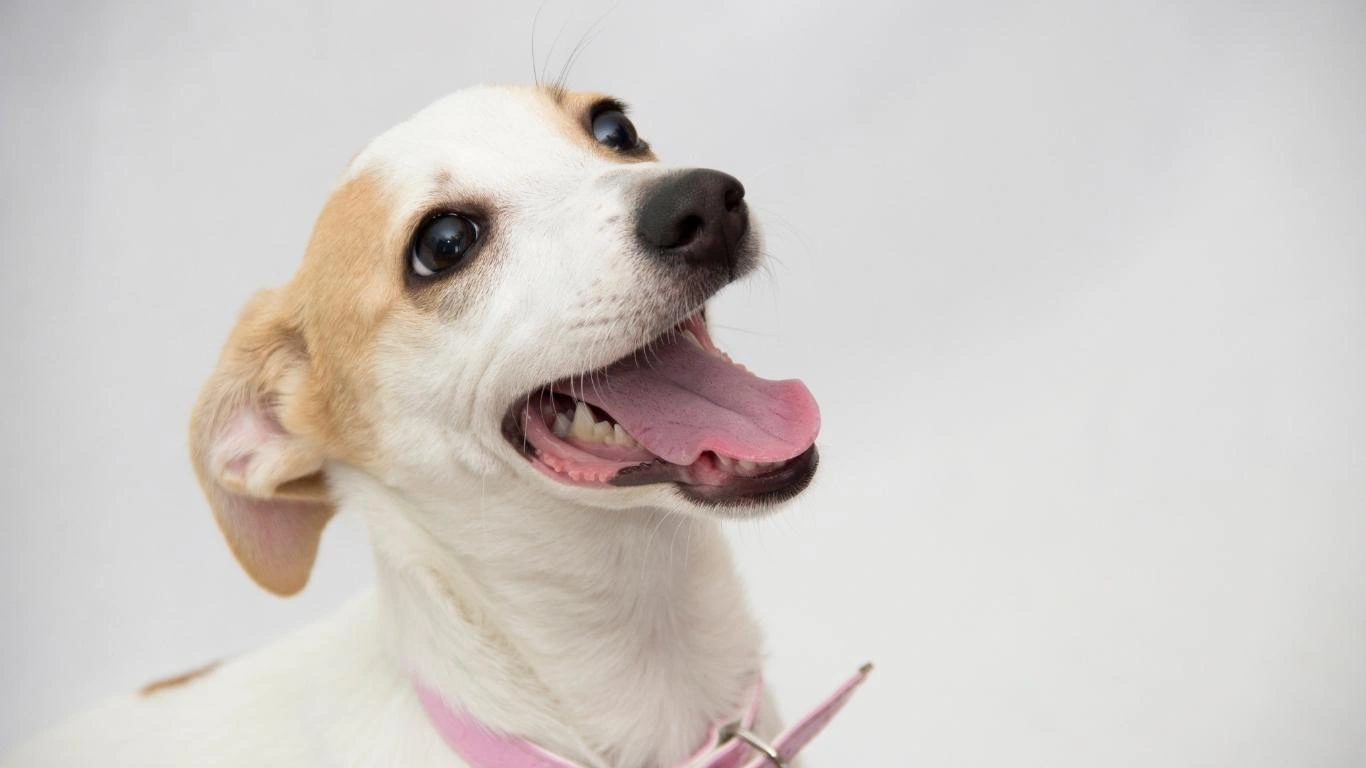
Even with training, setbacks happen. If your dog growls, don’t panic! Remember, growling is a communication tool, not a sign of defiance.
1. Avoid Punishment
One of the biggest mistakes I see is punishing a dog for growling. If you scold or correct them, they may stop growling—but that doesn’t mean they feel better. Instead, they might skip the warning next time and go straight to snapping or biting.
2. Remove Pressure
If your dog growls, take a step back and assess:
- Is the guest too close?
- Did the guest reach toward your dog too quickly?
- Is your dog feeling cornered or trapped?
Give them space, let them relax, and try again later with lower-intensity interactions.
3. Identify Triggers
Keeping a training journal can be incredibly useful. Write down:
- What triggered the growling?
- How your dog’s body language looked before growling.
- What helped calm them down?
Over time, you’ll start noticing patterns, which makes training much more effective.
Helping Guests Interact Properly
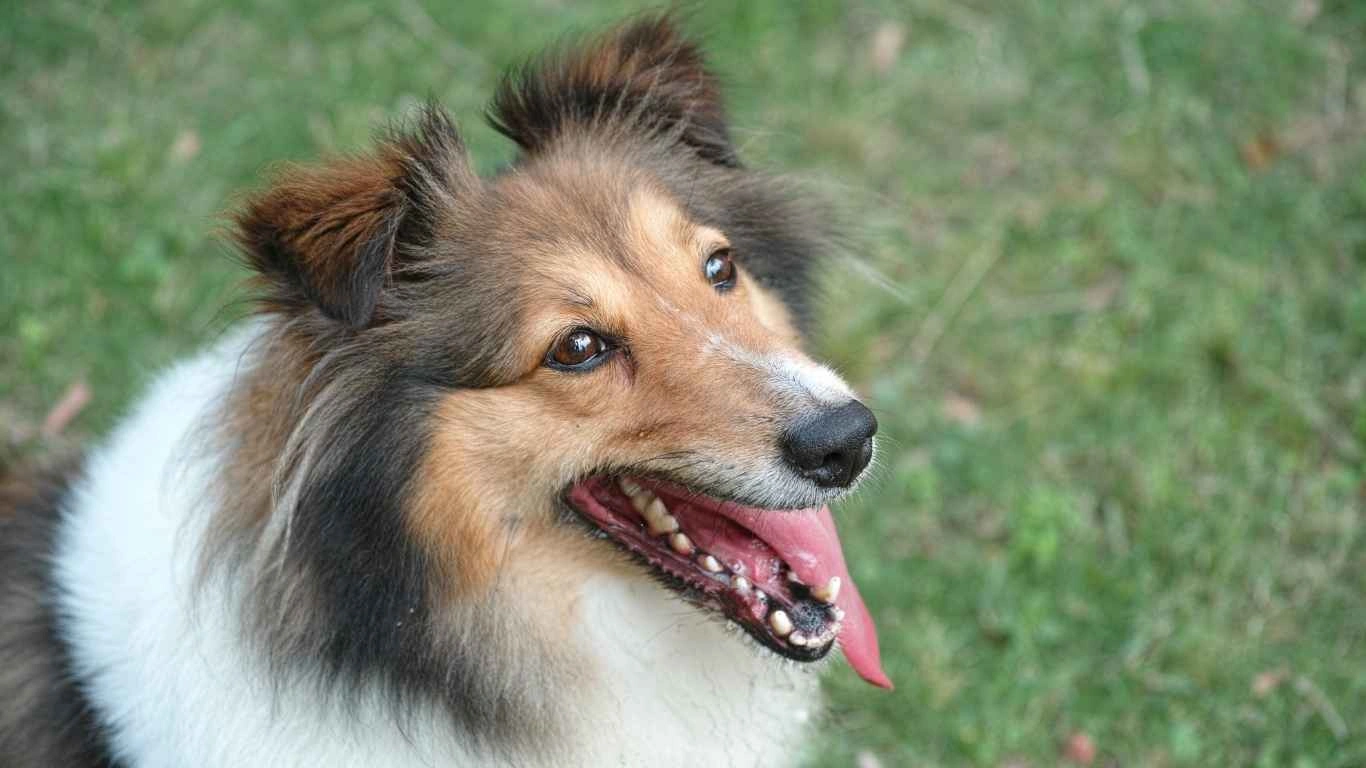
It’s not just your dog who needs training—guests need a few ground rules too. Some people unknowingly make things worse by pushing interactions too fast. I always remind guests to:
- Let the dog approach first—never force it.
- Avoid sudden movements or leaning over the dog.
- Speak in a calm, relaxed tone.
- Respect the dog’s space—no petting unless invited.
Educating visitors can make a huge difference in your dog’s comfort level.
Consistency is Key
Training a dog to stop growling at guests takes time and patience. Every dog learns at their own pace, so stay consistent with positive reinforcement. The more safe, positive experiences your dog has with guests, the more their confidence will grow.
With the right approach, your dog can learn to greet visitors with curiosity instead of fear. Stick with it, celebrate the small wins, and soon enough, your pup will feel right at home—even when company comes over.
Advanced Training Techniques for Lasting Success

Now that we’ve covered the basics of helping your dog feel more comfortable around guests, let’s take things up a notch. Some dogs need additional training techniques to fully overcome their anxiety or territorial behavior. These strategies can be especially helpful for dogs with a history of fear aggression or poor socialization.
1. Counterconditioning and Desensitization
If your dog still reacts negatively to guests, structured desensitization might be the key to success. This method involves exposing your dog to the trigger (guests) in a controlled, non-threatening way while pairing it with something positive.
Here’s a simple step-by-step approach:
- Start with a guest at a distance where your dog does not react.
- Reward calm behavior with high-value treats.
- Gradually decrease the distance over multiple sessions.
- If your dog shows signs of stress, take a step back and slow down.
This method takes time, but I’ve seen incredible transformations when done consistently.
2. Teaching an Alternative Behavior
One of my favorite training hacks is teaching dogs an alternative response to guests. Instead of barking, growling, or hiding, your pup can learn to go to a specific spot or perform a simple trick. Some great options include:
- Training your dog to go to their bed or mat when the doorbell rings.
- Teaching a reliable “sit” or “down” as guests enter.
- Using a “touch” command to have them focus on your hand instead of the guest.
These alternative behaviors give your dog a structured way to handle their excitement or anxiety.
3. Professional Training Support
Sometimes, despite our best efforts, a dog needs professional help. If your dog’s growling escalates to lunging, snapping, or biting, working with a certified professional dog trainer (CPDT-KA) or veterinary behaviorist is a smart move. They can assess your dog’s behavior and create a customized training plan.
Long-Term Maintenance and Management
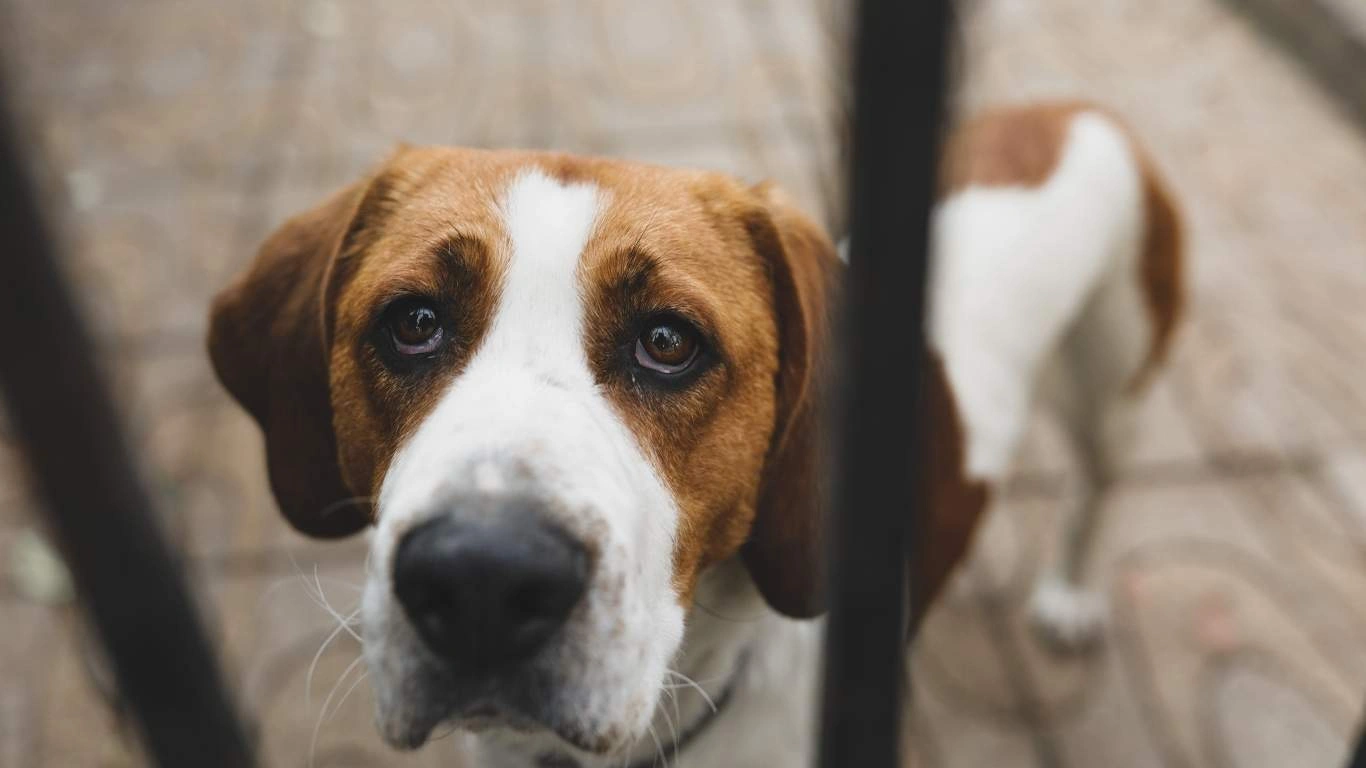
Once your dog shows progress, you’ll want to maintain their newfound confidence. Training isn’t a one-time thing—it’s an ongoing process.
1. Keep Socialization Ongoing
Dogs need regular exposure to different people, environments, and experiences to stay well-adjusted. Try:
- Inviting friends over for low-key visits.
- Taking your dog on controlled outings to dog-friendly cafes or parks.
- Introducing new people gradually, reinforcing positive interactions.
The more positive experiences your dog has, the better they’ll handle unexpected visitors.
2. Monitor Stress Signals
Even after progress, keep an eye on your dog’s body language. Subtle signs like lip licking, yawning, or stiff posture could indicate stress. Catching these early cues allows you to intervene before a growl happens.
3. Stay Consistent with Training
Training isn’t just for problem-solving—it’s a lifestyle. Keep reinforcing good behavior with praise, treats, and structured routines. If you get lax, old habits might creep back in.
Final Thoughts
Helping a dog stop growling at guests is a journey, but with patience and the right techniques, your pup can learn to feel safe and confident around visitors. Every dog is different, so take training at their pace, celebrate small victories, and don’t be afraid to seek professional guidance if needed.
Most importantly, remember that growling is just communication. By listening to what your dog is telling you and responding in a positive way, you’ll strengthen your bond and create a home where both your dog and your guests feel welcome.
References
- Certification Council for Professional Dog Trainers (CCPDT)
- American Veterinary Society of Animal Behavior (AVSAB)
- Victoria Stilwell’s Positive Dog Training Resources
Disclaimer
This article is for informational purposes only and should not replace professional behavioral assessments. If your dog displays severe aggression, consult a certified behaviorist or veterinary professional.
